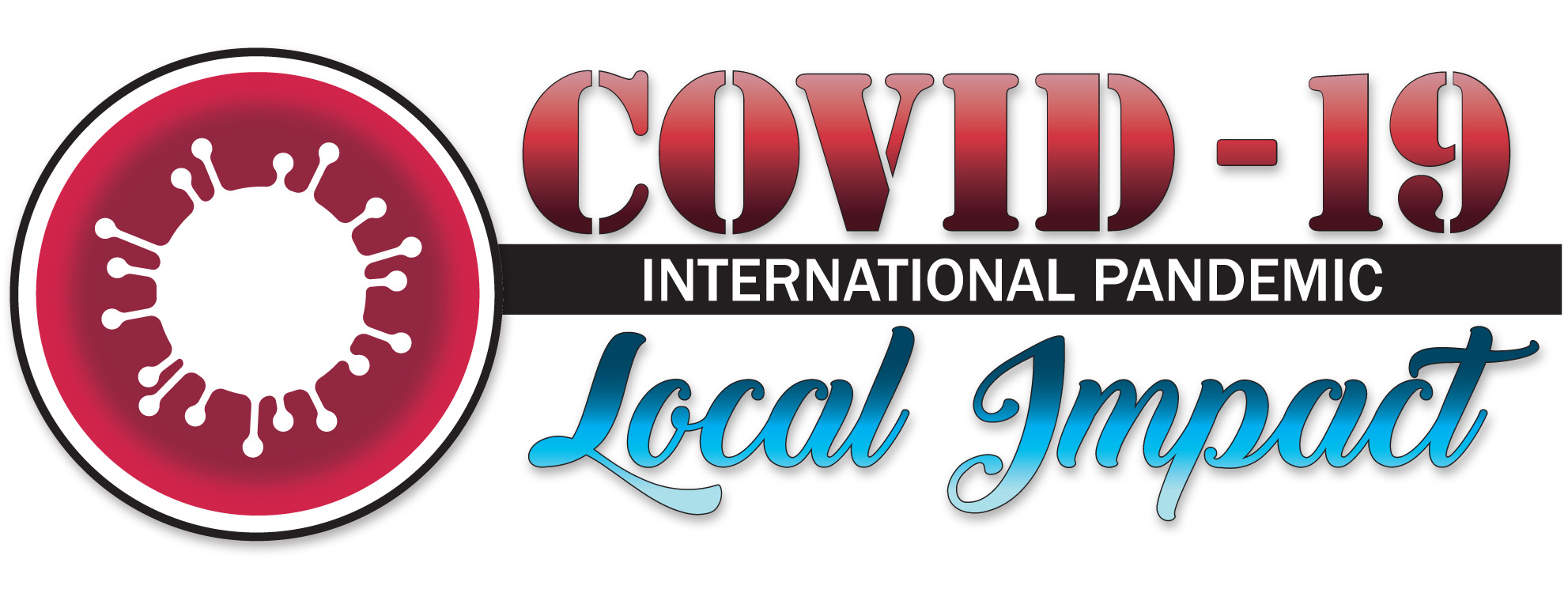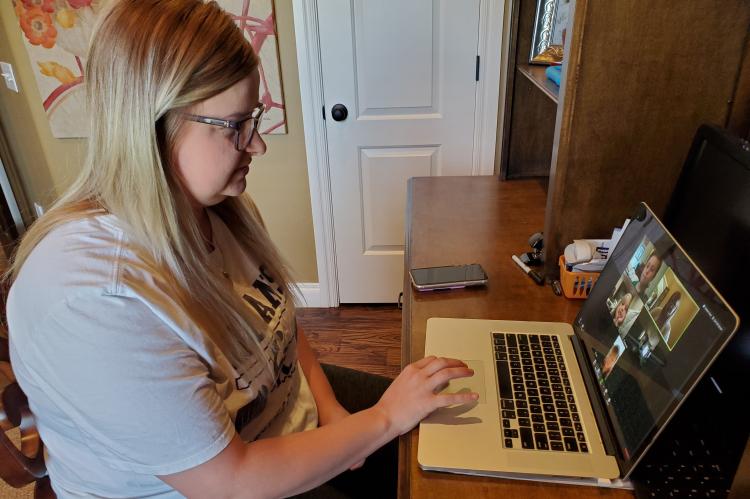School’s out
El Reno ends distance learning plan, 2019-20 term with little hoopla

This is the first installment in a series looking back at El Reno Public Schools efforts during the COVID-19 pandemic.
Classes for El Reno Public Schools officially ended Friday.
Missing were the normal class parties, hugs, high-fives and gift exchanges between students and teachers. Graduations, the rite of passage to the next higher grade or into adulthood, have either been canceled, postponed or moved to a digital format.
All the things which make the end of school a fun time have been robbed by the COVID-19 pandemic.
“We unplugged Friday and that is such a bummer in so many ways. Every year after spring break we emphasize the state testing and after that is all done is when the fun begins. We have class field trips, parties, projects and experiments.
“All that was ripped off the table just a few weeks away and it has been painful to sit back and watch,” said El Reno Superintendent Craig McVay.
McVay said the end of the school year has been depressing for him with the losses of so many academic-driven events, something students look forward to throughout the year. Trips to the state Capitol and the Oklahoma History Museum or the ever-popular BlueSTEM Field Day at Fort Reno. None of it happened.
“It does not seem like the end of school. It seems way too early and so tentative. People expect school to go until the end of May,” said McVay.
Prior to the COVID-19 lockout, classes were to have gone through May 20, with graduation to follow a day later for EHS seniors. However, graduation remains on hold for now until a safe date can be established. Ending all other classes eight school days early was based on state recommendations.
“There was a window that was suggested by the State Department of Education, May 8 to the 15th, to end school. We chose the 8th so we could finish up the semester and start planning for the next semester.
“Teachers are on contract to the 21st, so we can do professional instruction and some distance leaning while we have them on contract,” said McVay.
Friday ended a six-week district-wide run at distance learning, necessitated by the pandemic as students never returned to school buildings following spring break. Instead, classes were conducted electronically or assignments passed between teachers and students through paper packets.
It was a process that has left McVay torn as far as his feelings about distance learning.
“For the last 100 years, the lowest common denominator in determining a student’s success rate has been the teacher. A highly motivated, educated teacher that engages in the classroom and is one that is determined to give the child everything they need to succeed.
“I still feel you can’t get that from a computer screen. You can get the content online but you cannot teach a hands-on lesson over the computer. I’m a history teacher and when I was telling the underlying causes of the Civil War, kids need to have someone checking in with them periodically face-to-face to make sure they understand what you told them,” said McVay.
McVay said principals and teachers stepped up to the plate, implementing the distance learning plan, but he said it will never replace brick and mortar school buildings.
“I need to see people face-to-face, shake hands or give a high-five. That interaction is where we are good at school and you don’t get that from a computer screen. The last six weeks have been good for preview purposes of previously taught material.
“You get into an entirely different scope of education when you try to introduce new material. That is where we will fall off.”
While El Reno has had success with the distance learning platform, McVay said he is not a fan of Gov. Kevin Stitt’s idea of using some of Oklahoma’s federal money from the stimulus package to give parents vouchers for charter schools or switching to online learning only.
McVay said one only needs to look at the cohort percentage to make an argument against allocating such funds away from public education. The cohort percentage is the number of students entering the ninth grade and graduating on time as a senior.
“This is not political or directed at one particular system, but online learning fits a very small percentage of kids. Over the last 15 years you look at the charter or for-profit schools and their graduation cohort rate is just over 4 percent. El Reno has been over 98 percent and that should tell you that a school is more than a schoolhouse, but it’s not a screen.”
Hillcrest Learning Center kindergarten teacher Erin Wiewel had her final online meeting with her students on Thursday, one of the 14 she did over the Zoom video conferencing system widely used across the district.
While she was glad to connect with her students, she says it’s not the same interaction they needed at an early stage in their education.
“I’m very sad I was not able to see and interact with my students in a typical way at the end of this school year. However, I know all the safety precautions were taken with the students’ best interest in mind.
“Nothing can substitute being able to interact with your students every day in an in-school setting. Although I do feel like we are very fortunate to live in a time where we have so many tools at our disposal we can use to still be connected with our students,” said Wiewel.
The district estimates its teachers and principals conducted more than 3,000 contacts through Zoom, FaceTime and phone calls over the distance learning period.
“Using the Zoom app, I was able to communicate with my students in real time and have as close to a face-to-face experience with them as possible. As well as the students being able to communicate with their peers, which is very important for a kindergarten age student’s social emotional growth,” said Wiewel.

